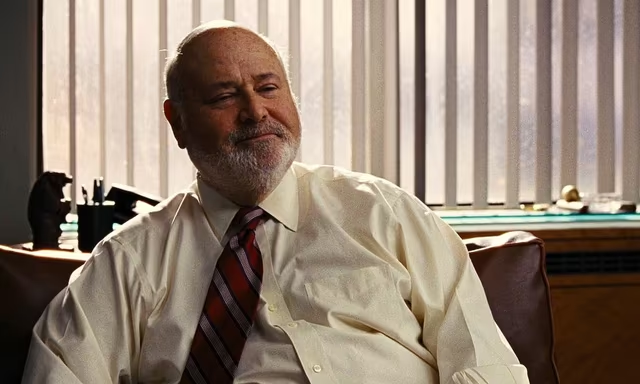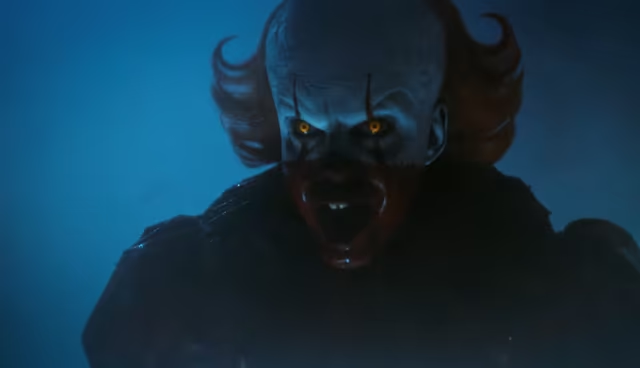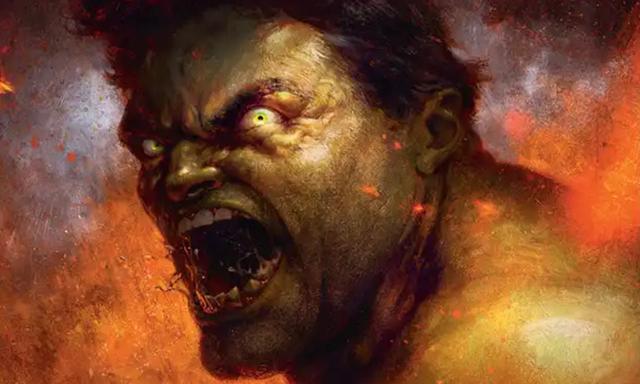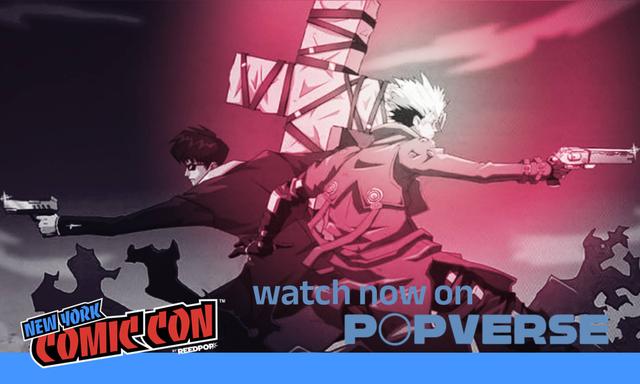If you click on a link and make a purchase we may receive a small commission. Read our editorial policy.
Why Saga is a triumph of characterization, not plotting
Who is reading Brian K. Vaughan and Fiona Staples' acclaimed comic for the plot?

There’s a line in the publisher description for Saga #61 that made me laugh out loud when I first read it, although I know that wasn’t the publisher's intent. Announcing the series’ return to stands, the description begins in all caps, “NEW STORY ARC!”
It’s not actually true, of course.
Saga — despite the series’ publishing frequency, the format of its collected editions and everything else attempting to distract and lead the reader to a false conclusion — is a series where there aren’t any story arcs. And, at the risk of sounding too dismissive, that’s what makes it such a fascinating series for so many people.
Preparing for the series’ return this week, I recently sat down and read the first 60 issues in one extended sitting. (This is what I do for fun; it’s a problem, I know.) Saga, as anyone who’s even just sampled it is well aware, is a sprawling, ambitious comic book series ostensibly about the conflict between two alien planets — Landfall and Wreath — and the way it impacts specifically the family at the center of the series — Alana, Marko, and their daughter Hazel — but also the various people they interact with across the course of the series.
Upon re-reading the run, however, one thing became immediately obvious: that’s not actually what it’s about at all.

Instead, all of the fantastical elements of the series — and there are plenty, from the alien races that Marko and Alana belong to, with wings and horns and magic and everything attached to them, to the ruling class made up of aristocrats with televisions for heads; from the talking animals that range from cute to perhaps the most correct interpretation of a cat in comic book form to the formalism of the titling and heirarchical bounty hunter structure — is at best window dressing (at worst, distraction) from the fact that Saga is, at heart, just a story about people living life, as messy and disorganized as that may be. Which is to say, a lot.
Recently, I read an interview with Rian Johnson — writer/director of Knives Out, Glass Onion, and new crime-of-the-week show Poker Face — wherein he shared a recent revelation he had about his favorite shows. “It’s not really about the story or the content,” he explained. “It’s about just hanging out with somebody that you like, and the comforting rhythms of a repeated pattern over and over with a character that you really liked being with.”
Intentionally or otherwise, that’s the same principle that makes Saga work. Despite what the description for the new issue might suggest, Brian K. Vaughan has never written the series in story arcs; character arcs, relationships, and events spill into each other and overlap, disappearing and reappearing at the most inopportune times, just as they do in real life. Events don’t come to dramatic conclusions in Saga — sometimes, they don’t have any conclusion at all, never mind resolution. I can think of a couple of events that didn’t even really happen as much as were hinted at and then discarded; again, it’s almost like real life, that way.

(I don’t know BKV or Fiona Staples well enough to claim this in any real manner, but it struck me repeatedly throughout my re-read that Saga has the air of autobiography in a lot of ways, despite the sci-fi of it all. It reads better if you can treat it as non-fiction, as ridiculous as that might sound.)
We don’t read Saga for the plot, I don’t think; the cliffhangers at the end of each issue — and especially at the end of each collected edition, which is to say, every five issues or so — work not because readers want to see the plot mechanics of resolving any particular conundrum as much as they want to see how the cliffhangers impact the characters they’ve become invested in. We don’t care that the tree ship has been destroyed nearly as much as we want to find out what it’s meant for Hazel’s breakdown as she watches it burn, how Alana deals with the extra pressure that puts on her to support the family, and so on. The events of the plot aren’t nearly as important to the reader in and of themselves as they are important for the impact they have on the characters.
(It’s telling that this seems to be very intentional on Vaughan and Fiona Staples’ part; almost every time the series comes close to what would be a central story arc in another series, it purposefully cuts away to something else, and returns when everything is almost over. See: Marko’s quest to find his family, even if it means teaming up with his worst enemy.)
None of this is intended as a criticism; just the opposite, in fact. By letting Saga center around the very human, very messy and chaotic lives of its core cast, the series has come to life in a way that most comics could only dream of. The lack of a tightly-structured, dominant narrative in the series was always a risk — readers are traditionally comforted by familiarity and predictability, both of which are ably provided by plot-first genre stories, after all — but it’s one that’s paid off over and over again.
In creating such well-rounded, emotionally resonant characters and letting them drift through the series so far, Vaughan and Staples have given another reason to stick around: hanging out with our friends on a monthly basis.
No wonder we keep coming back, year after year, story arc or no story arc.

Saga #61 will be available for purchase January 25th. Pick it up at your local comic book store.
Why not revisit this NYCC 2021 panel featuring Brian J. Vaughan and a special surprise guest? (Spoilers: It’s Fiona Staples.)
Follow Popverse for upcoming event coverage and news
Find out how we conduct our review by reading our review policy
Let Popverse be your tour guide through the wilderness of pop culture
Sign in and let us help you find your new favorite thing.
















Comments
Want to join the discussion? Please activate your account first.
Visit Reedpop ID if you need to resend the confirmation email.